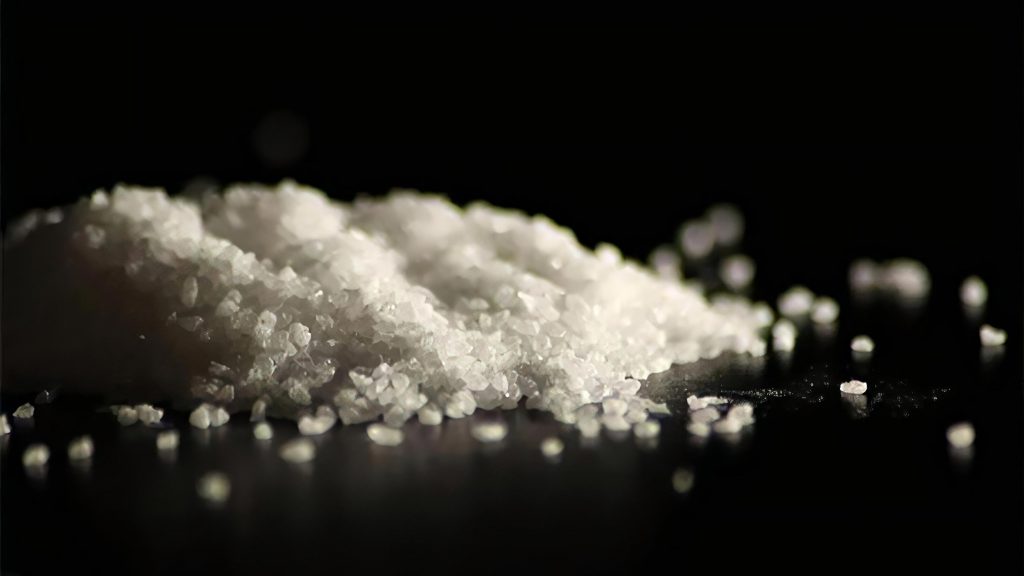
White fused alumina is a synthetic abrasive medium that fused in an arc furnace with high – quality aluminium oxide as raw material. This abrasive is very pure with more that 99 % of Al2O3 content. White fused alumina is very hard and resistant to many aggressive chemicals. In comparison to brown fused alumina it is more homogeneous in chemical content, structure and physical properties. White fused alumina is free of respirable crystalline silica (SiO2).
Application:
· Tough cleaning and surface etching applications that have a very low tolerance for iron residue;
· Removing rust and scale from metallic surfaces;
· Cleaning metallic surfaces with removal of material;
· Removing tempering colour;
· Creating a matt finish on surfaces;
· Creating a matt finish on glass;
· Processing very hard component;
· Production of high-grade abrasive tools.
Advantages:
· No ferric contamination;
· Strict control of size distribution and other physical and chemical properties;
· Excellent thermo – mechanical properties, thermal shock resistance;
· High mechanical stability and strength;
· High volume stability;
· High chemical resistance and chemical stability;
· High density, low permeability for producing high refractoriness;
· Abrasion resistant and high wear-resistant;
· Good corrosion properties.
Physical properties:
Hardness: 9,0 Mohs
Specific gravity: 3,95 g / cm³
Total density: 1,4 – 2,1 kg / dm3
Shape: angular
Storage conditions: dry and covered
Packing: 25 kg bags, 1 ton per pallet
Chemical composition:
Al2O3: > 99 %
Na2O: 0,33 %
Fe2O3: 0,03 %
SiO2: 0,06 %
CaO: 0,10 %
White fused alumina fraction sizes:
F8: 2800 – 2360 µm
F10: 2360 – 2000 µm
F12: 2000 – 1700 µm
F14: 1700 – 1400 µm
F16: 1400 – 1180 µm
F20: 1180 – 1000 µm
F22: 1000 – 710 µm
F24: 850 – 710 µm
F30: 710 – 600 µm
F36: 600 – 500 µm
F40: 500 – 425 µm
F46: 425 – 355 µm
F54: 355 – 230 µm
F60: 300 – 250 µm
F70: 250 – 212 µm
F80: 212 – 180 µm
F90: 180 – 150 µm
F100: 150 – 125 µm
F120: 125 – 106 µm
F150: 106 – 75 µm
F180: 90 – 63 µm
F220: 75 – 53 µm